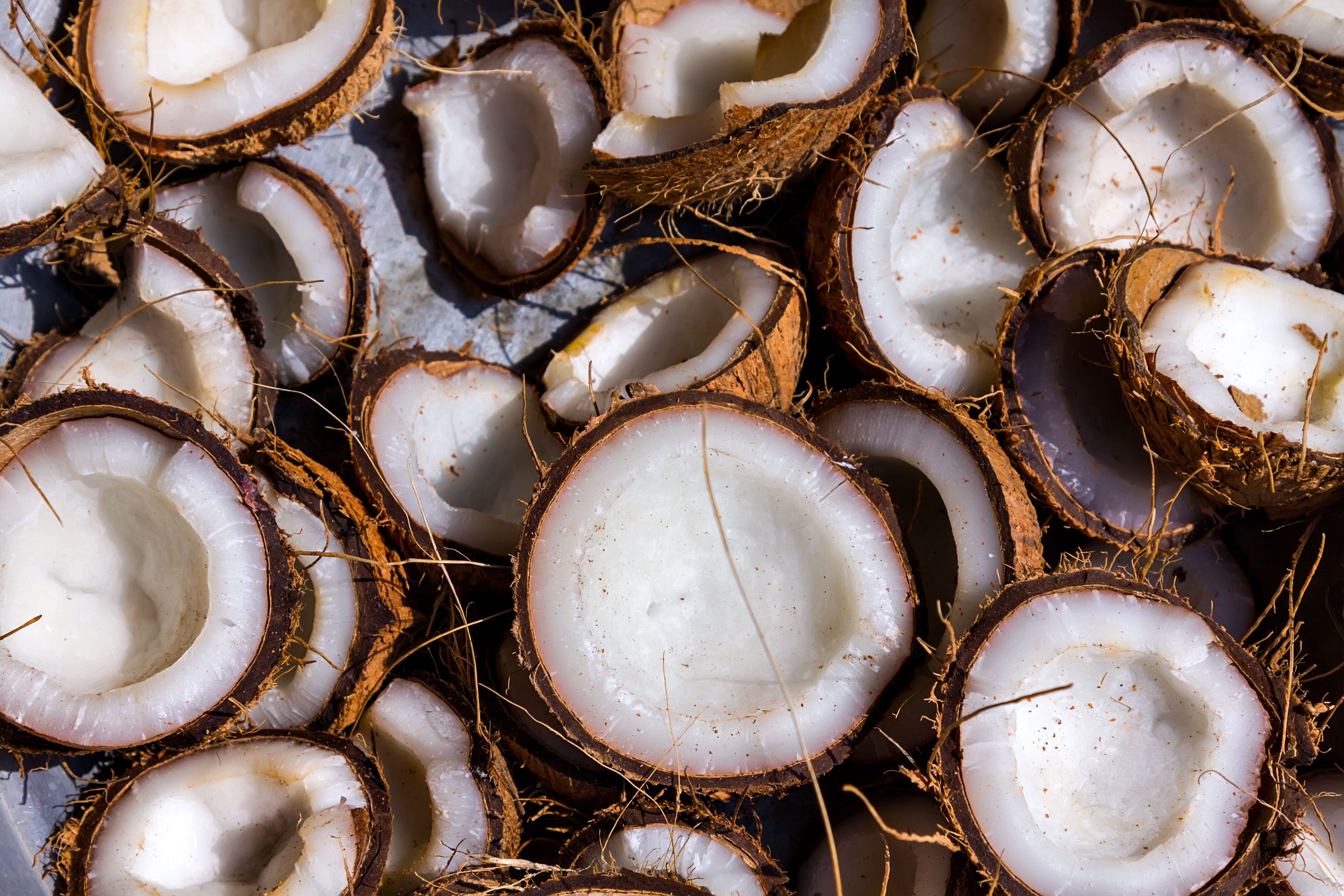Evaluating the Efficacy of the Electronic Tongue Prototype Using Machine Learning Models
A recent study in beverage analysis showcased the capability of a new electronic tongue (e-tongue) prototype in analyzing liquid samples such as coconut water.
Food and beverage analysis is an important industry globally. Numerous studies have shown that analytical techniques can be effective at analyzing volatile compounds in food and beverages (2,3). A recent study from researchers at the University of Campinas (UNICAMP) in Brazil and IMT Nord Europe expanded on this topic. They tested an innovative electronic tongue (e-tongue) prototype capable of accurately analyzing and distinguishing between fresh and industrialized coconut water (1). The study, led by Antonio Riul Jr. and Douglas Fernandes Barbin, demonstrates the potential for this technology to revolutionize quality control in the food industry by offering a fast, cost-effective, and highly accurate method for analyzing complex liquid samples (1).
Many dry coconut cut into half | Image Credit: © bander - stock.adobe.com

Food and beverage authentication has become an important issue to protect consumers from fraudulent food products. However, advancements in analytical tools and quality control processes have not kept pace with the demand for accurately testing food and beverage products. This gap has created a need for novel technologies that can improve food analysis and ensure product quality (1). In their study, the research team tested the electronic tongue, which is a multisensor device designed to characterize complex liquids in a simple, rapid, and effective manner (1).
The e-tongue employed in this study utilized an impedimetric microfluidic setup comprising four interdigitated electrodes (IDE) mounted on a printed circuit board (PCB) (1). These electrodes were divided into four pairs, with one acting as a bare sensor and the other three coated with nanostructured films possessing varying electrical properties (1). This design allowed the device to measure and differentiate between samples based on their impedance data, providing insights into their chemical composition and physical properties (1).
For their study, the research team assessed whether the e-tongue prototype could accurately identify and classify coconut water samples based on their physicochemical properties (1). Specifically, they sought to distinguish between fresh and commercial coconut water, which undergoes processing for preservation and may contain additives that alter its composition (1).
To accomplish this objective, the researchers used several machine learning (ML) methods, applying them to the data collected from the e-tongue device. To visualize sample differences, principal component analysis (PCA) was used (1). Meanwhile, partial least squares regression (PLSR) helped predict sample physicochemical parameters, such as soluble solid content (SSC) and total titratable acidity (TTA) (1). Two classification models, linear discriminant analysis (LDA) and PLS–Discriminant Analysis (PLS-DA), were employed to compare the performance of the e-tongue in distinguishing the coconut water samples (1).
The researchers showed that the e-tongue prototype over 90% accuracy in classifying coconut water samples based on SSC and TTA, which are two critical parameters in food quality control (1). In addition to identifying compositional differences between fresh and industrialized samples, the device was also able to group samples with similar pH values and SSC levels based on their impedance measurements (1).
Traditional laboratory-based methods can be time-consuming and expensive, often requiring sophisticated equipment and skilled technicians. By contrast, the e-tongue offers a more streamlined approach that can quickly assess the composition of liquid samples with minimal effort and expense (1).
However, Riul Jr. and his team caution that more research is needed before the e-tongue can be fully adopted in commercial settings. Specifically, a larger data set of coconut water samples is required to refine the classification and prediction models used in the study (1). Additionally, the researchers suggest that the device could be further tested on other types of beverages, opening the door for broader applications in the beverage industry.
References
- Da Silva, T. A.; Junca, M. A. C.; Braunger, M. L.; et al. Application of a Microfluidic Electronic Tongue based on Impedance Spectroscopy for Coconut Water Analysis. Food Res. Int. 2024, 187, 114353. DOI: 10.1016/j.foodres.2024.114353
- Mejia-Carmona, K.; Jordan-Sinisterra, M.; Lancas, F. M. Current Trends in Fully Automated On-Line Analytical Techniques for Beverage Analysis. Beverages 2019, 5 (1), 13. DOI: 10.3390/beverages5010013
- Thermo Fisher Scientific, Beverage Testing and Analysis Using Spectroscopy. Thermo Fisher Scientific. Available at: https://www.thermofisher.com/us/en/home/materials-science/food-development/applications/beverage-analysis.html#:~:text=UV%2DVisible%20spectrophotometers%20offer%20quick,drinks%2C%20and%20other%20thin%20liquids. (accessed 2024-09-24).
AI and Dual-Sensor Spectroscopy Supercharge Antibiotic Fermentation
June 30th 2025Researchers from Chinese universities have developed an AI-powered platform that combines near-infrared (NIR) and Raman spectroscopy for real-time monitoring and control of antibiotic production, boosting efficiency by over 30%.
Toward a Generalizable Model of Diffuse Reflectance in Particulate Systems
June 30th 2025This tutorial examines the modeling of diffuse reflectance (DR) in complex particulate samples, such as powders and granular solids. Traditional theoretical frameworks like empirical absorbance, Kubelka-Munk, radiative transfer theory (RTT), and the Hapke model are presented in standard and matrix notation where applicable. Their advantages and limitations are highlighted, particularly for heterogeneous particle size distributions and real-world variations in the optical properties of particulate samples. Hybrid and emerging computational strategies, including Monte Carlo methods, full-wave numerical solvers, and machine learning (ML) models, are evaluated for their potential to produce more generalizable prediction models.
Combining AI and NIR Spectroscopy to Predict Resistant Starch (RS) Content in Rice
June 24th 2025A new study published in the journal Food Chemistry by lead authors Qian Zhao and Jun Huang from Zhejiang University of Science and Technology unveil a new data-driven framework for predicting resistant starch content in rice
New Spectroscopy Methods Target Counterfeit Oral Medication Syrups
June 23rd 2025Researchers at Georgia College and Purdue University have developed a fast, low-cost method using Raman and UV–visible spectroscopy combined with chemometric modeling to accurately screen and quantify active ingredients in over-the-counter oral syrups, helping to fight counterfeit medications.